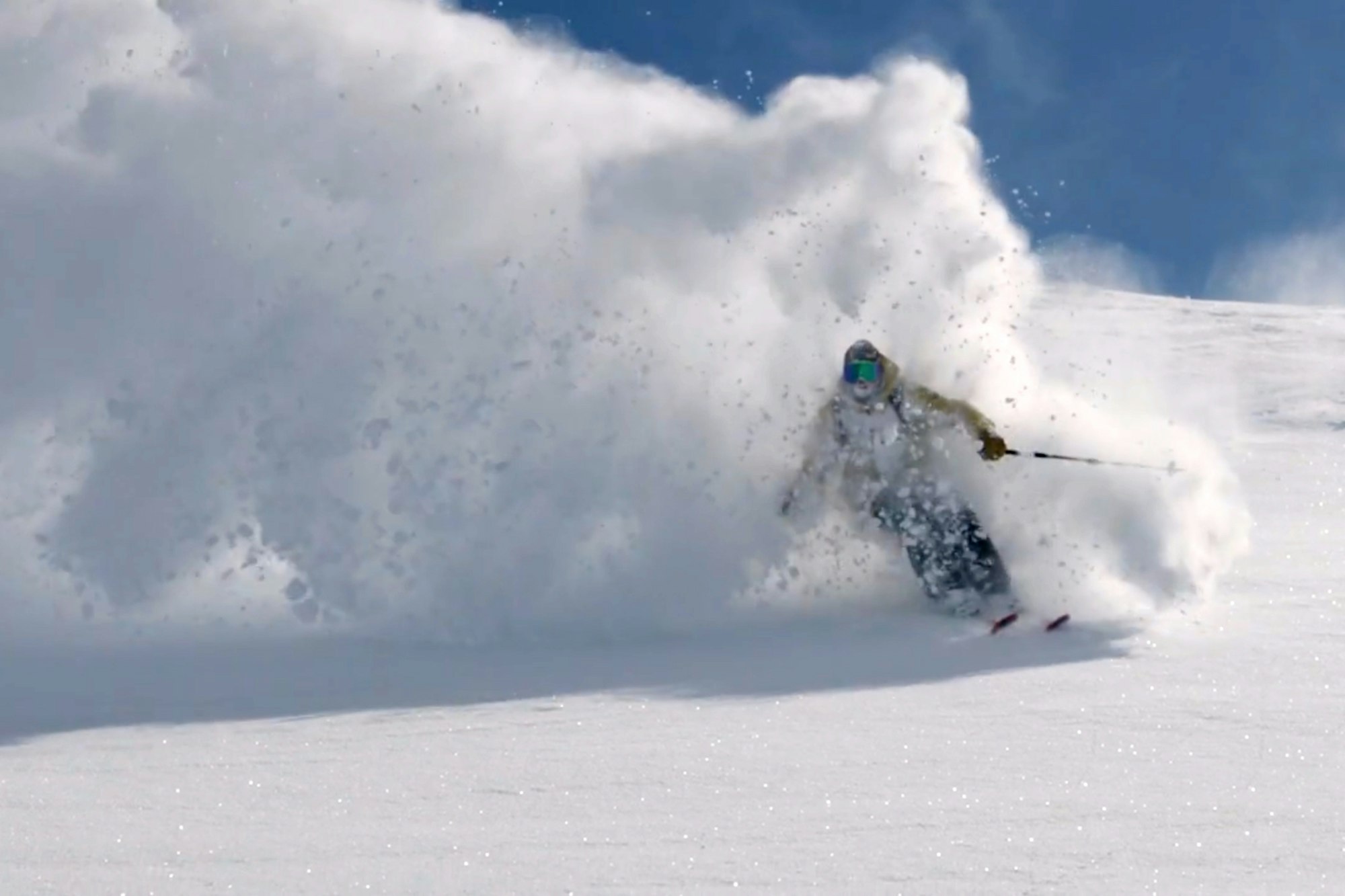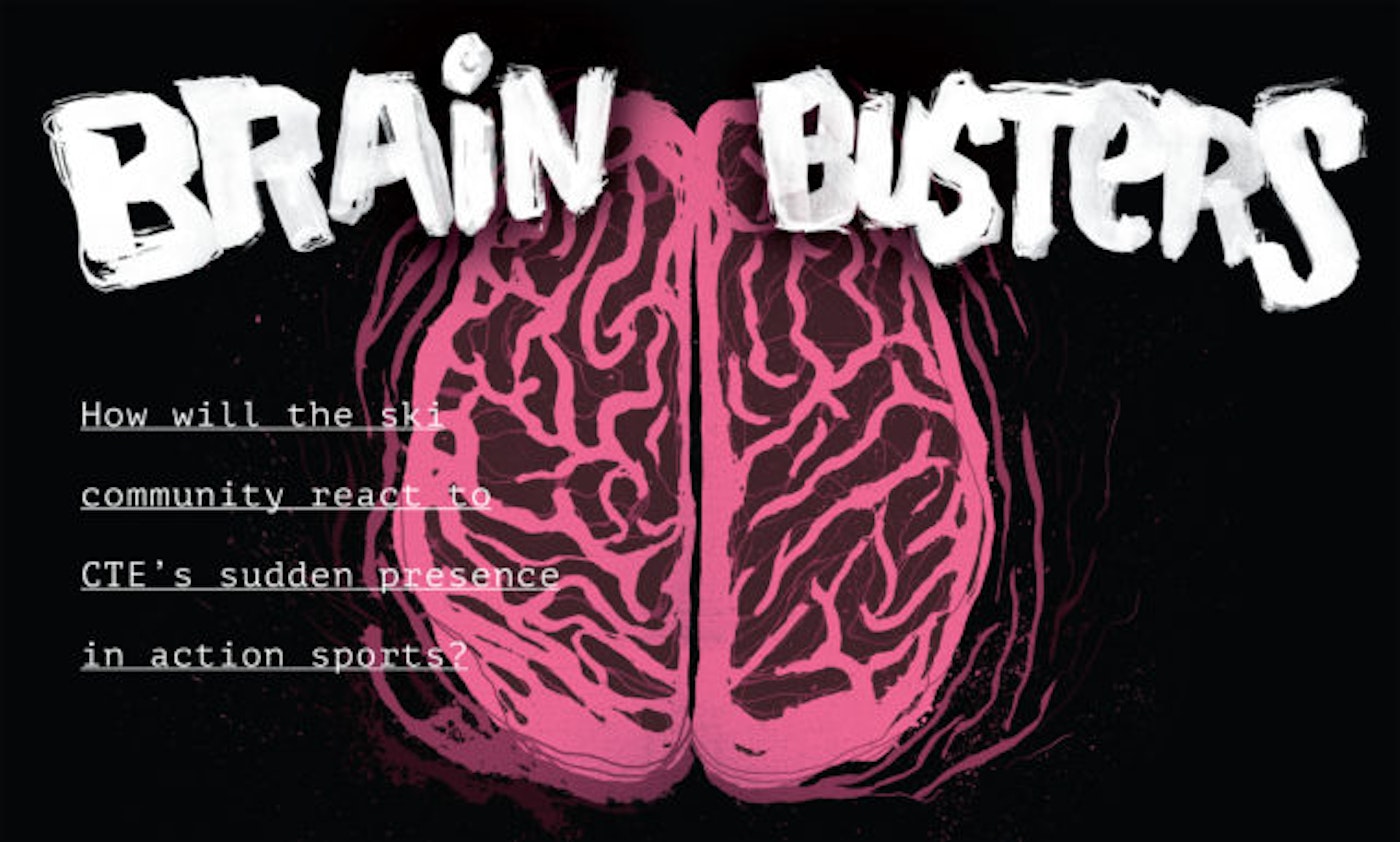
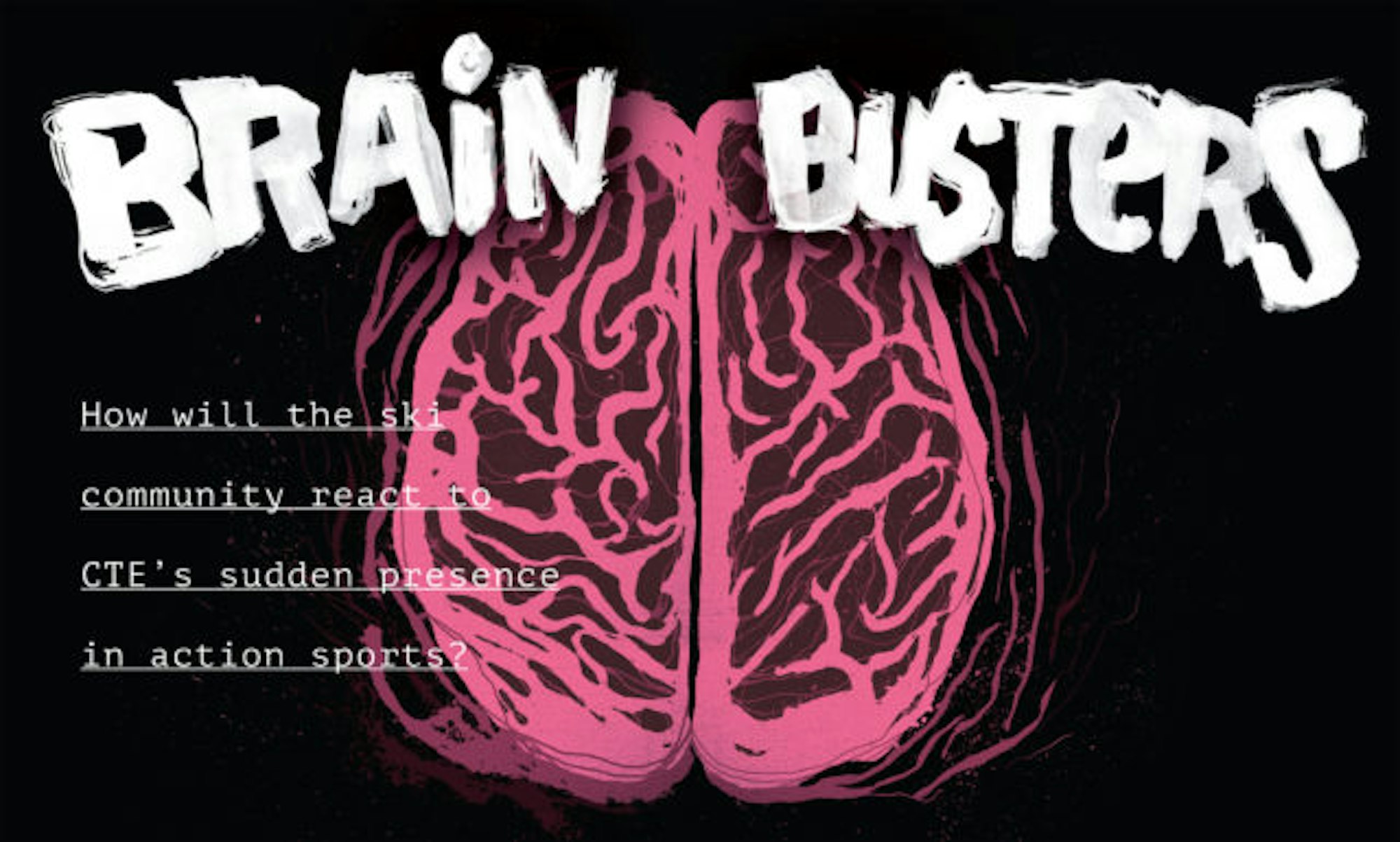
When news broke in May of 2016 that BMX legend Dave Mirra, who committed suicide on February 4, suffered from chronic traumatic encephalopathy (CTE), a seismic wave rattled the action sports community. The acronym had made headlines in other athletics, but hadn’t been widely discussed, if at all, with regards to sports deemed “extreme.” The degenerative brain disease is a result of repetitive head trauma at both the concussive and sub-concussive level, with symptoms including cognitive decline, memory loss, sleep deprivation and dementia. It has been linked to severe depression and, in cases like Mirra’s, suicide.
The syndrome gained recognition after being posthumously tied to several former National Football League (NFL) players, but Mirra’s diagnosis was the first in action sports. It caused the community to beg the question: Could CTE be a reality for action sports athletes participating in other disciplines, such as freeskiing, where repetitive head trauma is common?
The answer is yes, it is a reality. But it’s still too early to diagnose symptoms in the brains of contemporary athletes; there’s currently no way to detect CTE until after death. The telltale harbinger of the disease—clusters of abnormal tau protein that slowly kill brain cells—an only be seen when a brain is cut open and studied via microscope.
The key to reducing an outbreak like the NFL has seen will be to convince skiers that the response to ringing their bells isn’t to play it tough, shake it off and continue shredding; it’s to seek medical attention, step away from skiing and let the injury heal. Yet, in a sport defined by pushing the limits and an attitude of fearlessness, that’s easier said than done. Spreading awareness and education of the disease’s origins and repercussions related to skiing is the first step.
Concussions, sub-concussive blows & CTE in skiing
“It’s a tough subject; it’s the elephant in the room… It’s undetectable at this point and so we’re just left with people’s stories after they take their own lives because it’s just so painful,” says Sean Cochrane, whose sister, Andrea, committed suicide in 2011 at the age of 32.
Cochrane and his family believe that Andrea was suffering from the effects of CTE. She was a competitive ski racer with an extended history of ski-related concussions, including an eight-month period where she sustained three.
Following her death, Andrea’s mother, Laurie, donated a fragment of her daughter’s brain tissue to the VA-BU-CLF Brain Bank, a partnership between the Veterans Administration, Boston University and the Concussion Legacy Foundation. When it opened in 2008, it was the first facility in the world devoted to the research of CTE.
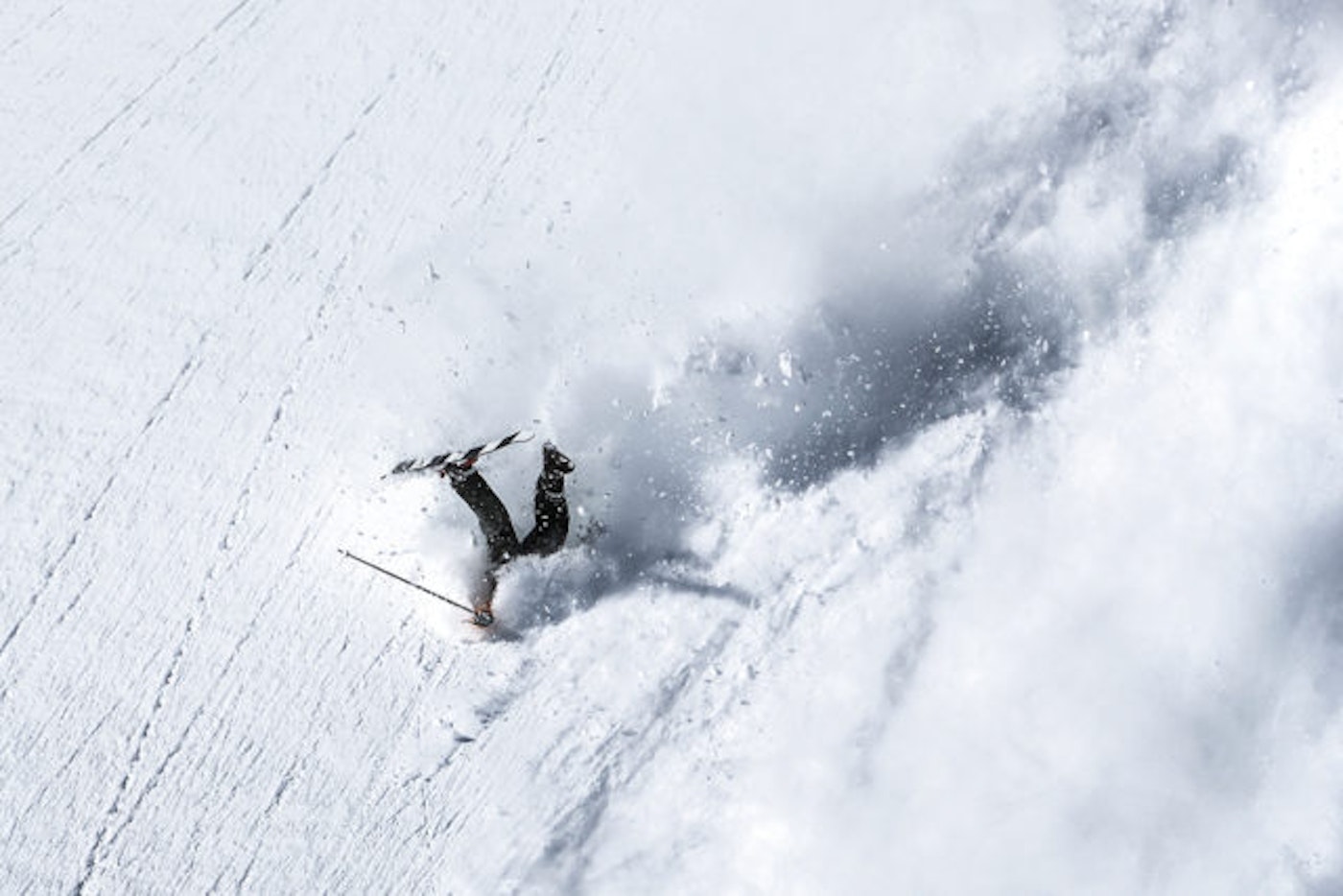
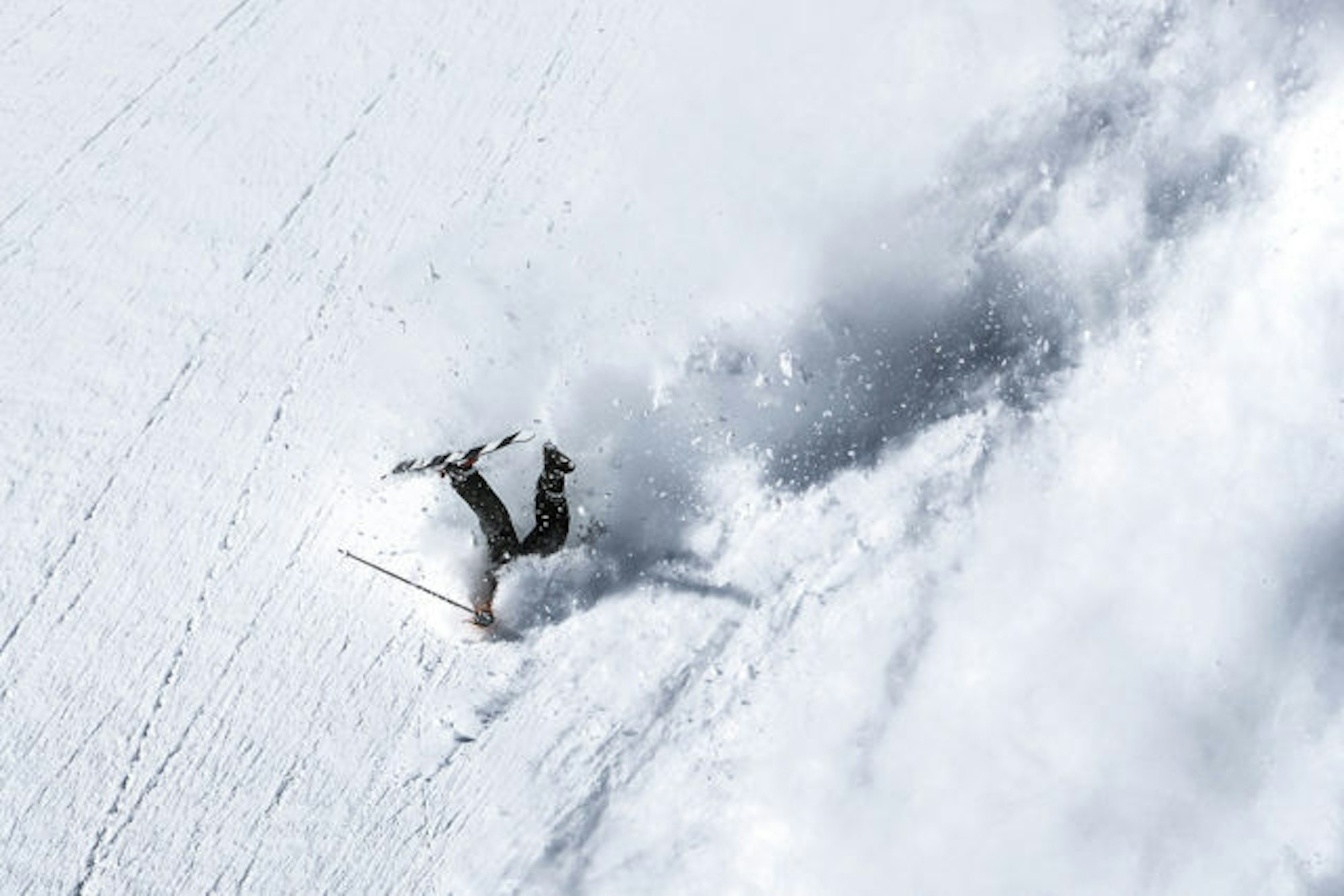
With the donation, Andrea became the first female athlete—and only known skier—to have contributed brain tissue toward the research of CTE. Unfortunately, only a very small, fragmented portion could be provided, leading to inconclusive results of a CTE diagnosis.
Andrea’s mental health decline preceding her death provided enough symptomatic evidence of CTE for Sean and the Cochranes. “She was a top-marks student at the University of Alberta in the geophysics honors program,” he explains. “She was incredibly smart, had everything to live for and nothing holding her back except that [we believe] she was going through this disease that’s so big it consumes everybody that gets in its way.”
The majority of CTE’s publicity surrounds the NFL. Autopsies of deceased players such as Junior Seau, Ken Stabler, Andre Waters and Mike Webster—Seau and Waters committed suicide—revealed indisputable evidence of CTE. In fact, in 2015, Boston University researchers announced that 87 of the 91 brains of former NFL players studied at the VA-BU-CLF Brain Bank showed significant signs of the disease.
Football is an impact sport, that’s obvious, though so is freeskiing. For the most part, the collisions in skiing are fewer and farther between, and the trauma can range from minor to major and in rare cases result in death. But, no matter the force, according to Dr. Robert Cantu, clinical professor of Boston University’s Department of Neurosurgery and co-founder of the Concussion Legacy Foundation, “Any activity that has repetitive head trauma at the concussive or sub-concussive level has a greater likelihood to produce instances of CTE.”
Also Read: Gear Made Clear — Ski Helmets
Pervading public perception is that major concussions involving loss of consciousness are the main factor in brain trauma and the development of CTE. The truth is multiple sub-concussive hits to the head can be just as detrimental for two main reasons: the first being Dr. Cantu’s point that compounding hits to the head—whether major or minor—are detrimental to overall brain health. The second is that an athlete can sustain a hazardous blow, and the effects may not even be noticeable. “Many times there aren’t going to be injuries that are recognized because symptoms won’t necessarily occur or be admitted to,” Cantu explains. “And if you have enough of those sub-concussive hits, you could wind up with CTE even without a recognized concussion.”
If a skier is severely concussed, they’ll most likely end up in the hospital for treatment. But if they ding their head without loss of consciousness, they’re inclined to continue skiing.
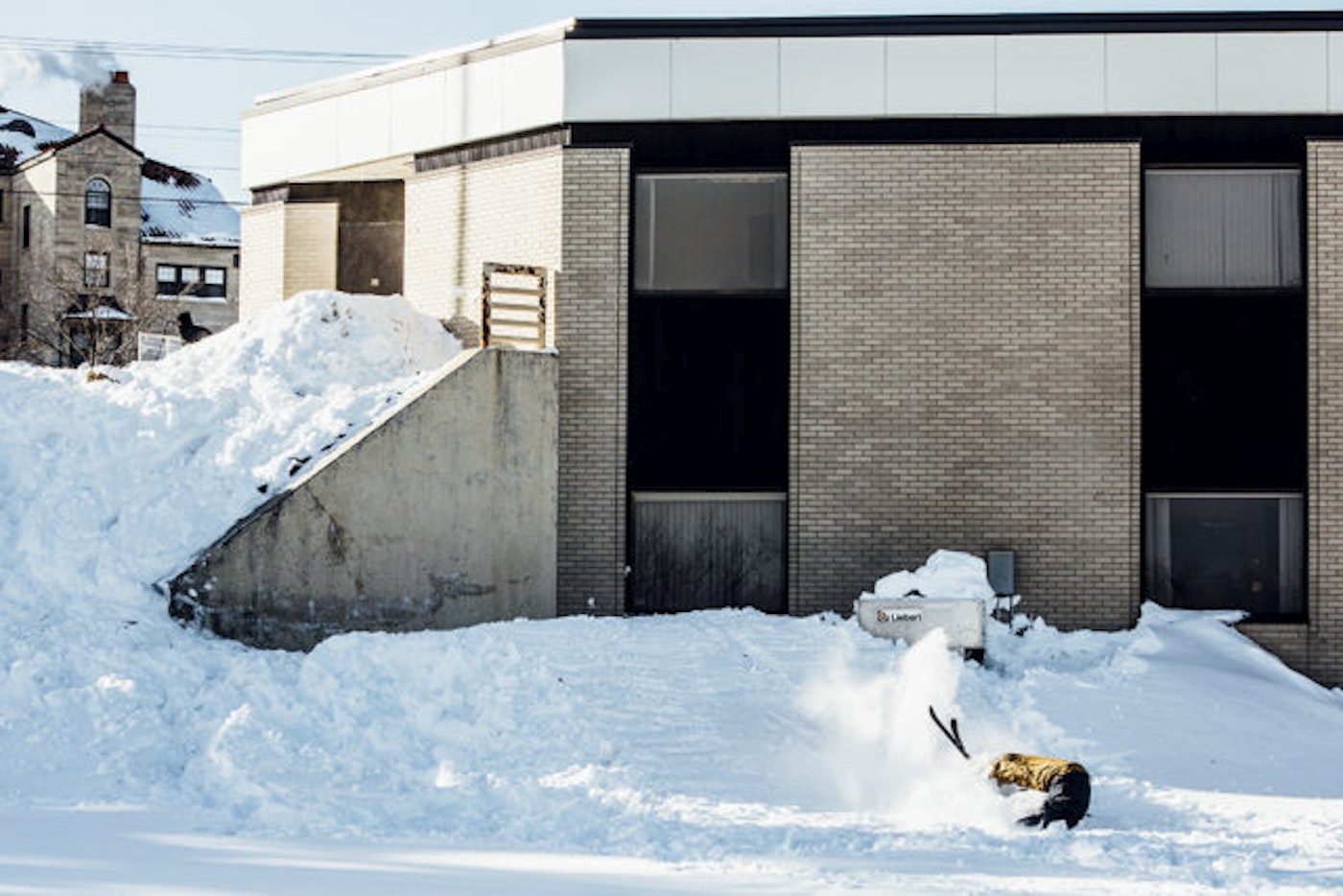
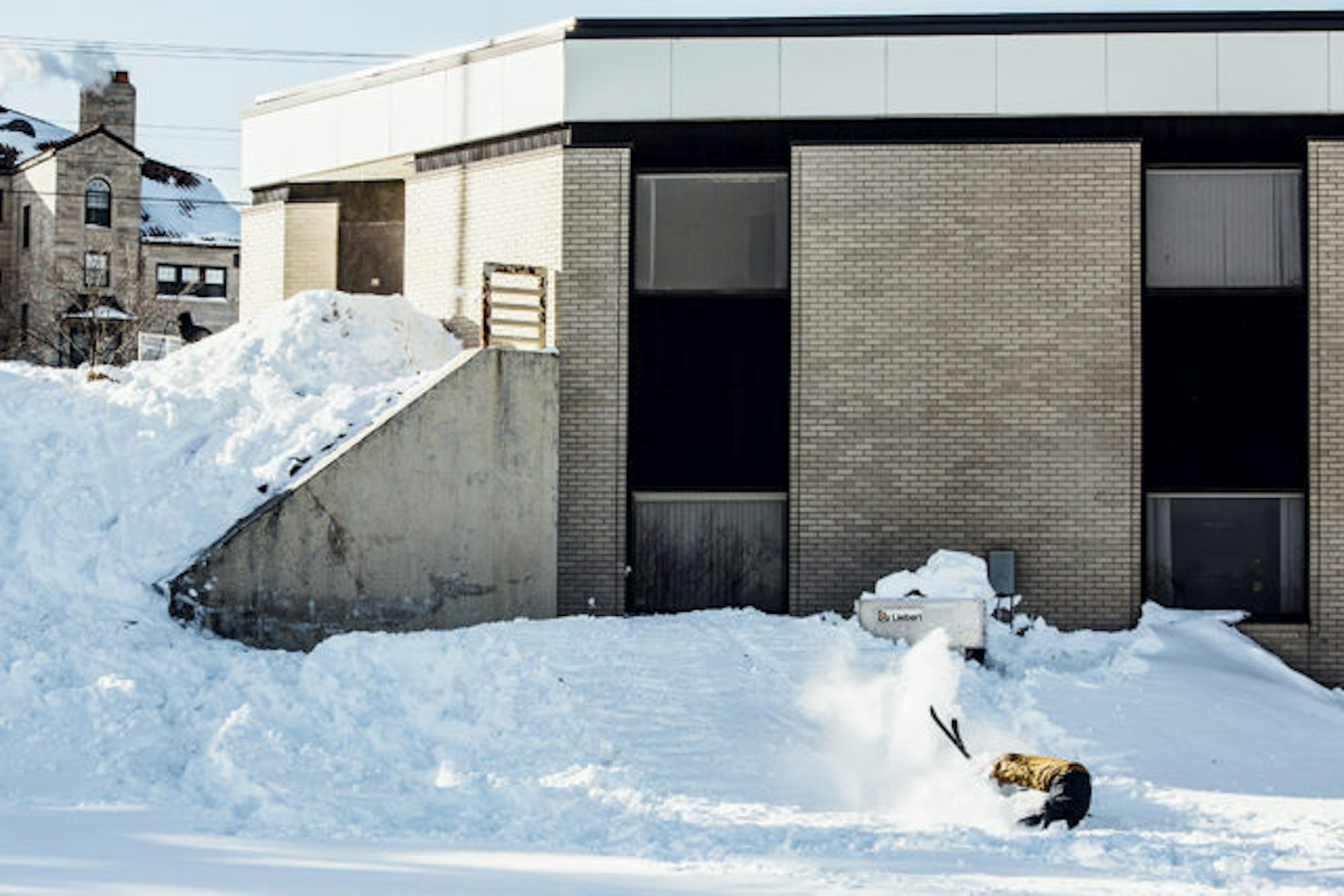
“Skiing is a tough sport,” explains Melinda Roalstad, former medical director for the United States Ski and Snowboard Association (USSA) and founder of Think Head First, a Park City-based program for management of mild head injuries. “Many [concussions] go undiagnosed, many go unidentified and unmanaged until someone suffers several of them and it impacts their ability to function.”
In Andrea Cochrane’s case, collisions associated with professional ski racing caused her compounded concussions and detrimental health issues. However, nowhere are repeated head hits more apparent than on the playing field of competitive freeskiing. Park and pipe athletes ski at breakneck speeds, elevate and invert 20-plus feet above icy halfpipes and bulletproof slopestyle courses, making cranial impacts a great deal more common and, in some cases, nightmarish.
“If we were to study a thousand people—we haven’t of course—that participated in freestyle skiing, and have slapped back against ice and snow frequently following flips and tricks, occasionally [sustaining] concussions,” explains Cantu, “and compared those thousand freestyle skiers to downhill and slalom skiers, I would predict that the instances of CTE would be much more frequent in freestyle skiers. There’s a lot more head trauma in that activity.”
“I could pass a concussion test with a concussion. I can get around it if I really want to compete.” – David Wise
Concussion protocols, as a result of freeskiing’s risks, are stricter than they were in the infancy of slopestyle and halfpipe contests; Roalstad was instrumental in implementing ImPACT testing for USSA. ImPACT consists of two assessments: a “baseline” test taken prior to a season that records scores based on “normal” or non-concussive cognitive behavior; and a “post-injury” test, performed following a suspected concussion to compare with base-line scores and evaluate head injuries.
Crash reel from Stept’s 2014 film “Ten & Two”
But, the harsh environments freeskiers confront aren’t constrained to park and pipe competitions where watchful governing bodies are in place. Big-mountain, street and backcountry athletes, who are often skiing for the cameras, face high-consequence encounters with concrete, metal handrails, cliff bands, rocky chutes and tight trees. There’s no baseline concussion protocol for a skier putting life and limb on the line in the streets or backcountry—at least outside of sanctioned contests.
Factor in the pressures of contests and filming within those treacherous winter environments, and reward tends to outweigh risk. A competition skier must land freakishly technical tricks to gain the judges’ favor. Athletes who make a living via ski film credits repeatedly drop into high-consequence lines in order to get shots that will stand out above the rest. In both cases, success often translates to monetary stability and eternal glory, deterring athletes from quitting or seeking medical attention after a headfirst crash.
Walk it off
There are many reasons skiers shake off crashes involving the head. On an obvious level, many believe that strapping on a helmet is the answer to combating everything short of the worst hits. It’s true that the safety benefits provided by helmet technology—thanks to the use of MIPS and shock-absorbing materials such as carbon, Koroyd and similar composites—are at an all-time high, but helmets alone can’t prevent the effects of compounded impacts to the head. For reference, as reported by the National Ski Areas Association, of the 42 catastrophic injures sustained at ski areas during the 2014-15 season, 27 injured parties were wearing helmets. Catastrophic injuries are defined as accidents that include paralysis, broken necks/backs and life-altering, severe head injuries. These refer to extreme cases but do reflect the limits of a helmet’s protection.
“Helmets are going to be the first line of defense,” suggests Cantu, “but when an attempted trick goes wrong, and the helmeted head hits first, the brain is still going to be violently whipped inside of the skull and injuries are going to happen.”
Helmets offer initial protection, but also a sense of security. In other words, if a helmet works correctly—absorbing an impact and allowing its user to come out unscathed on the surface level—it must be OK to keep skiing, to keep competing, correct? At the 2015 X Games big air final, Bobby Brown crashed violently following an attempted triple cork 1440, splitting his helmet in half on national TV. Ski fans won’t forget the frightening spill anytime soon. Brown says he passed standard concussion protocol that night, allowing him to continue competing. To viewers on-site and in front of TV screens, he came out of the crash seemingly uninjured—if anything, slightly dazed—and to see him continue was perhaps expected.
The aforementioned helmet wasn’t so lucky. Yet, its destruction wasn’t surprising to those educated on the nuances of ski helmets: The fissure simply indicated the polycarbonate outer shell and foam liner absorbed the impact—the helmet performed as intended and now needed to be replaced. Brown had a reserve helmet ready, continued to jump and ended up placing second; an X Games-branded silver medal overshadowed the crash.
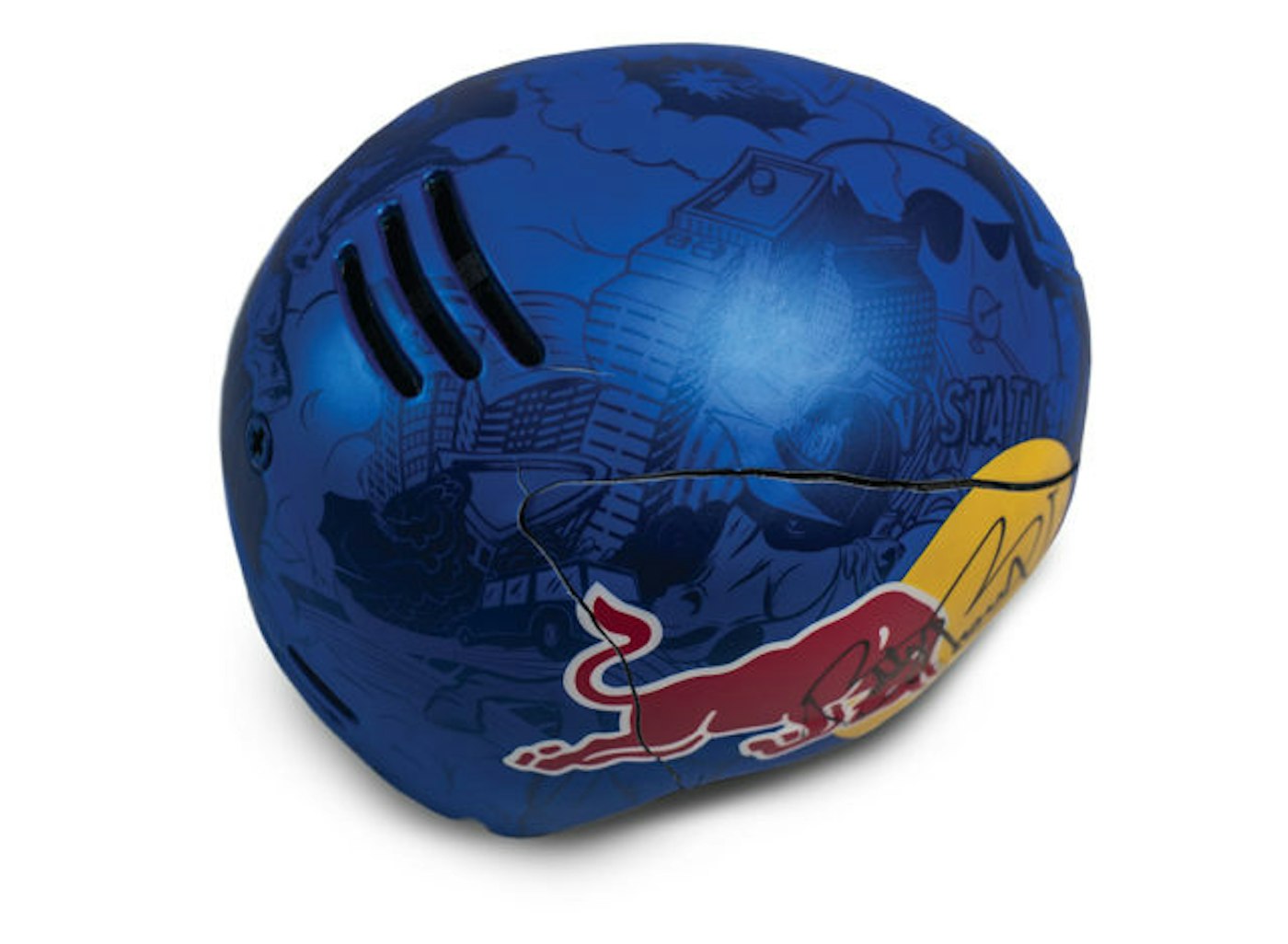
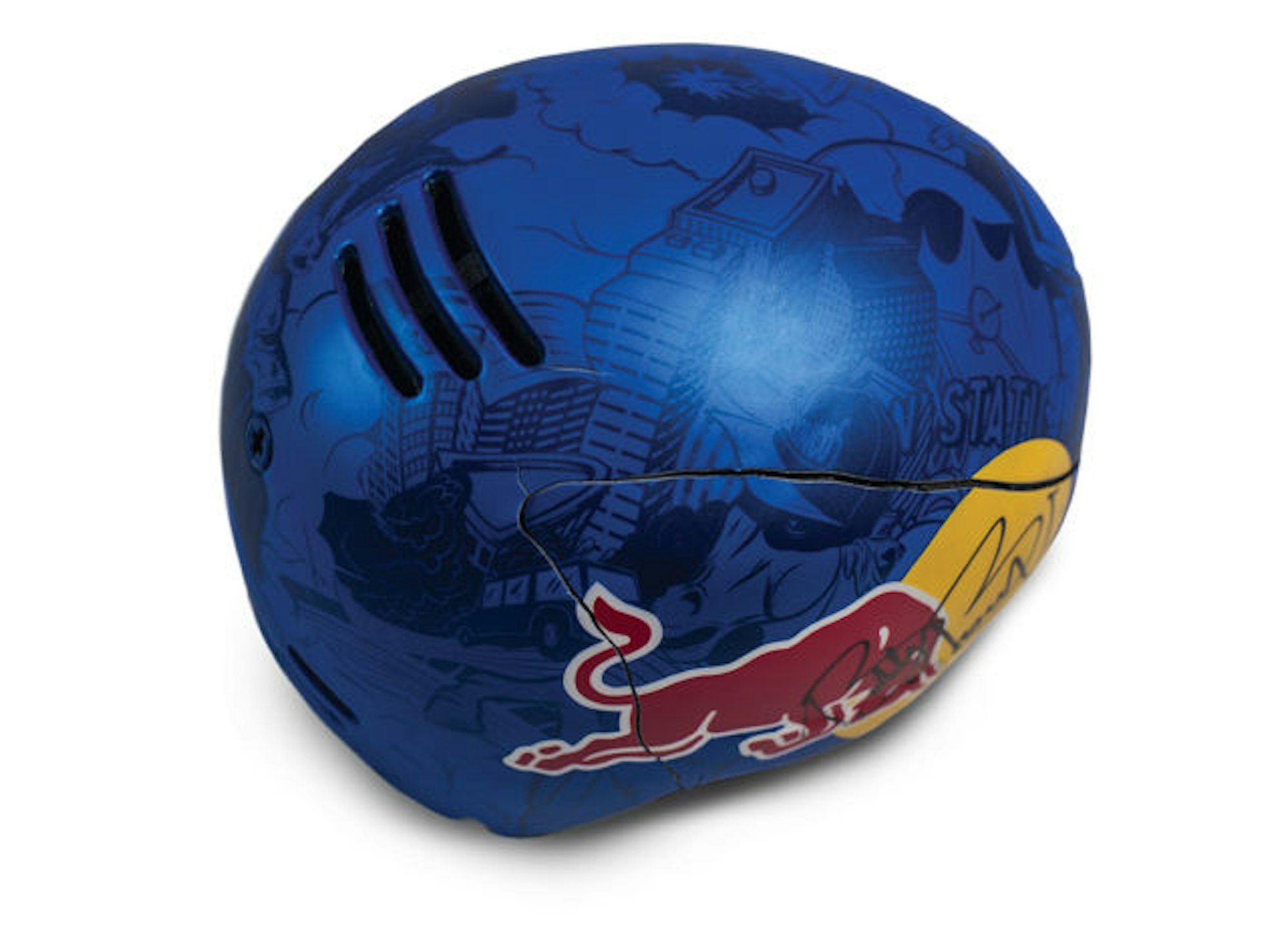
The helmet did its job, but that’s not the issue at hand. Brown walked away without a diagnosed concussion, though it’s debatable whether he should have gone back up to the top of the ramp for another run.
“I knew I hit my head super hard but when I sat up, I was clear-minded,” Brown describes. “The first instinct was, ‘how are they going to let me get back up there?’”
That mentality is ample evidence to support the idea that external factors outweigh one’s health risks: Brown’s first post-crash thought surrounded continuing to compete. He says there “wasn’t even a thought” to stop skiing that night. FREESKIER’s web article recapping that event noted, “the lure to win drove [the competitors] to the brink.”
Also Read: The top 12 ski helmets of 2017
David Wise, Olympic gold medalist and arguably the best halfpipe skier in the world, notes that ultra-competitive freeski athletes, himself included, can often fake normal behavior following a hit to the head in order to keep competing.
“I’m guilty of it myself; we can fudge the system. I could pass a concussion test with a concussion. I can get around it if I really want to compete,” he asserts. “During X Games [for example], no one’s going to admit if they rung their bell a little bit and that they probably shouldn’t compete; they’re going to say ‘I’m fine, let me back at it.’ Freeskiers originated that way, [competitive] is what we are.”
Jamie Crane-Mauzy, who sustained a traumatic brain injury (TBI) following a “horrific”—as one witness described it—crash at the 2015 Association of Freeskiing Professionals (AFP) World Championships in Whistler, BC, believes the motivations for attempting dicey tricks in contests is two-fold.
On the one hand, “you go bigger because you want to push yourself and set new goals,” she argues. On the other, “if you don’t go bigger, you won’t do well in a competition. There’s no financial gain unless you do well, either, so you just have to push it.”
Away from the competition arena, on the film side, there’s similar incentive to continue skiing at all costs. Tim McChesney, an accomplished on-screen skier who’s appeared in films by Level 1, Good Company and 4BI9, recounts a 2015 shoot in Boston where landing a trick in itself wasn’t good enough.
“That was one of the worst [concussions] I’ve had. I landed the trick and thought it was OK, but I wanted it to be perfect,” he discloses. “I went back up and tried again, but crashed and whacked my head really hard. I didn’t even know where I was and for a couple hours I was clueless of what was going on.”
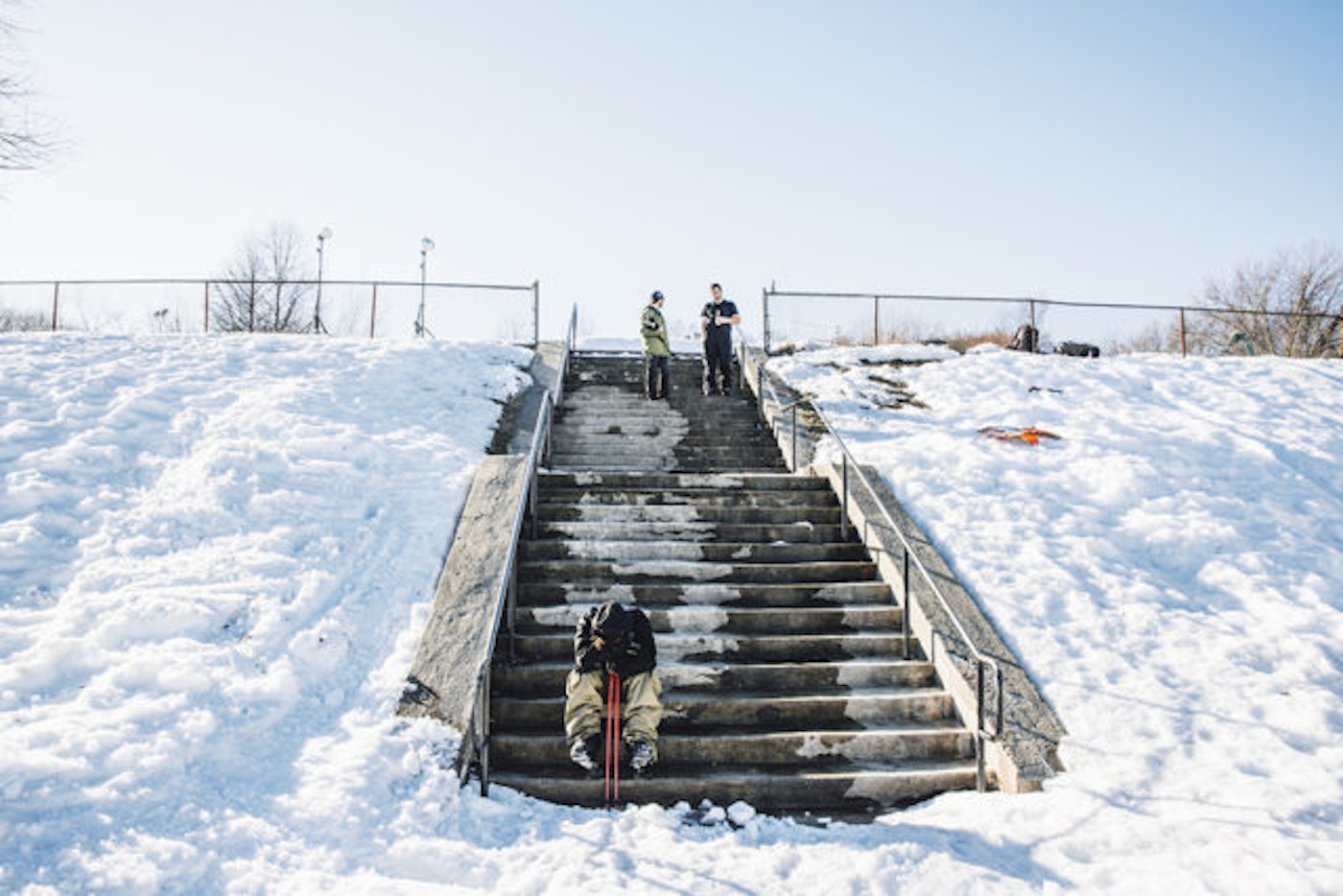
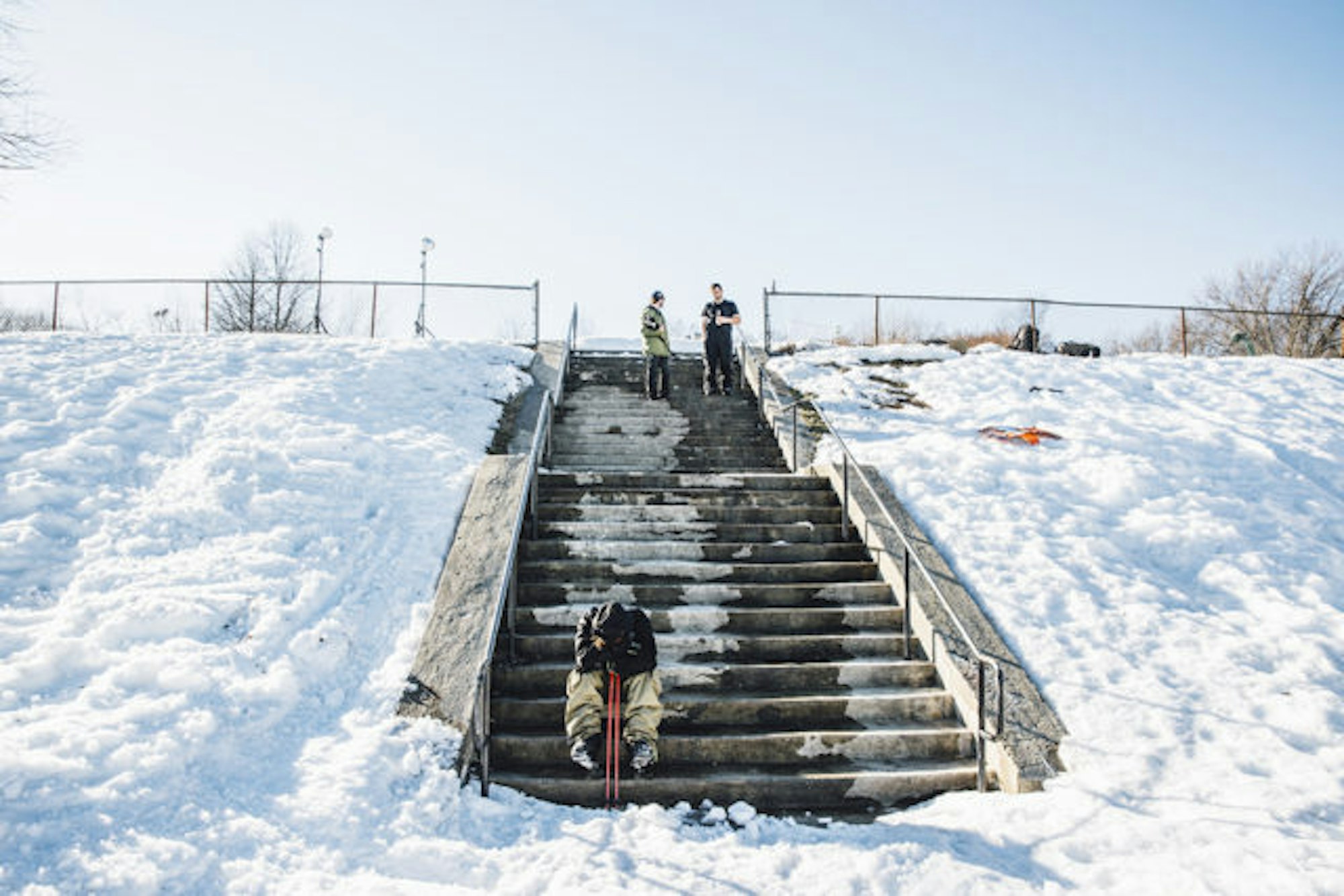
Of the motivation to keep skiing despite bashing his head, McChesney says, “There’s definitely a lot of pressure to get the shot. It sucks if you’re getting close to landing a trick, then fall and hit your head. The last thing you want to do is stop skiing.”
It’s naive to say that the desire to continue skiing, competing and filming are the simple reasons athletes ignore head injuries. But without a way to diagnose CTE in a living being, the ski world lacks a sense of urgency to slow down. And, according to Cantu, the only way to assist researchers in diagnosing skiers, specifically, with CTE, is to “convince individuals who have subjected themselves to that kind of risk and those injuries, to donate their brains after they die.”
Lack of a present diagnosis doesn’t mean skiers aren’t aware of potential health risks from their profession. “I may lose my mind at some point, but for me it would be worth it,” says Wise. “I do have worries but at the end of the day worrying about things like that isn’t going to change anything. I’m not going to be anxious about having CTE later in my life, although it certainly is a possibility.”
The first step to lighting the fire under the professional skiing community—which could serve as a positive example for the greater skiing world—about the hidden dangers of head trauma is education. Skiers should be informed of the preventative measures they can take to sustain a ski career without scrambling their brains like eggs. From there, it’s on the skiers to take personal responsibility.
Awareness, education & accountability
Wise believes there is a component of self-policing and personal education that athletes themselves are responsible for in order to prevent concussions and stave off their long-term effects, including CTE. Wise, a father of two, says that he’s begun studying the disease to better understand its origins and consequences with a hope of ensuring a long, healthy career and life.
“I’ve been doing a bunch of research and I’m pretty well-read on what [CTE] is,” he explains. “If anything, in the past the ski industry and a lot of athletes have lacked a bit of education on what is good concussion protocol.”
David Wise’s world record highest air on a hip.
Wise adds that the stratospheric rise of technical tricks in freeskiing contests shouldn’t be totally to blame for concussions. “I used to think that injuries were inevitable in our sport. I’ve learned that we can have a lot more calculated approach to skiing,” he says. “Because the industry is so fast-paced, the sport so fast-growing and young, there’s a tendency to push the bar too high, too fast. Why do we need to do potentially deadly tricks when we haven’t done all of the fun, creative ones yet?”
Encouraging competition-oriented athletes to dial down the high-consequence tricks in favor of more style-focused, creative ones is a positive call to action, in theory, but doesn’t appear to be a reality. History, as well as current AFP judging criteria, shows that judges still award higher scores for the most technical, difficult tricks.
“If you fake your way through this and keep going, you could have repercussions for the rest of your life. You may win gold, but at a cost.” – Cody Townsend
Cody Townsend, the Lake Tahoe-based skier known for tackling impressive backcountry lines on the big screen and co-founding Arcade Belts, sides with the approach of schooling athletes on the consequences of head injuries and encouraging self-accountability for their well-being.
“It comes down to personal responsibility and knowledge,” Townsend argues. “Education is the biggest part, letting people know, ‘if you fake your way through this and keep going, you could have repercussions for the rest of your life.’ You may win gold, but at a cost.”
Townsend, who, interestingly enough, suffered his first concussion playing football in high school, believes that the exposure the NFL has brought to CTE can benefit action sports athletes, giving them the means to make their own decisions about head injuries.
“The NFL brought the disease to public knowledge. Now I have enough information about this debilitating brain condition that creates madness in your personal life,” he explains. “Whether you’re in a competition or filming, it’s all about honesty; each person should have the information to make the decision for themselves.”
As a result of the elevated coverage of CTE, he reacted differently to a head injury this past winter than he would have in the past. “This year I had the most severe concussion of my life,” he reveals. “I had to take two and a half weeks off from skiing because I knew any additional dings would have lasting repercussions.”
McChesney also cites the recent coverage of CTE as a factor in shifting the way film athletes, particularly street skiers, handle head trauma.
“Before the CTE [news], I’ve seen people hit their head… I’ve hit my head, and kept going,” he explains. “The mainstream media attention is good, it’s a wake up call for action sports athletes.”
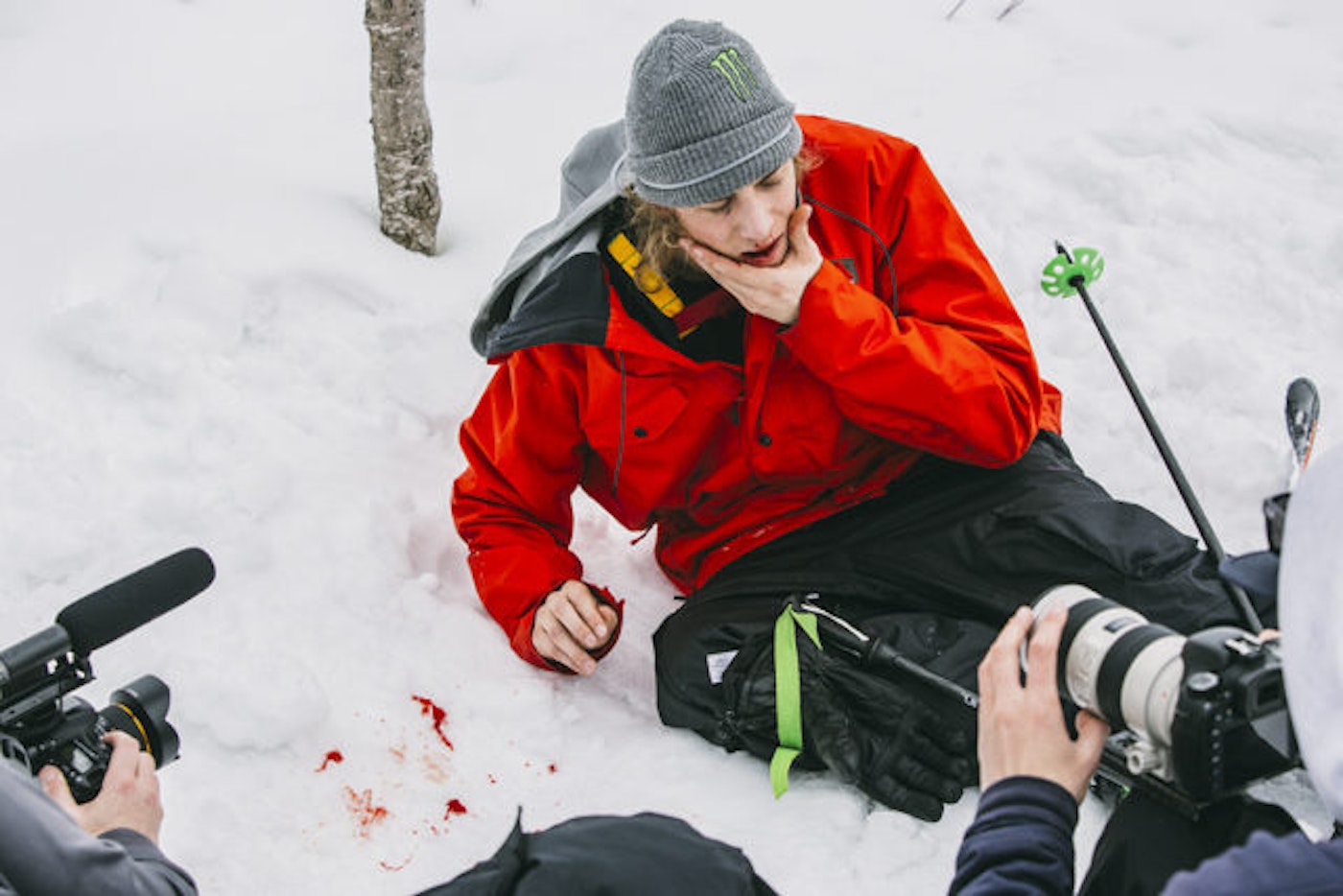
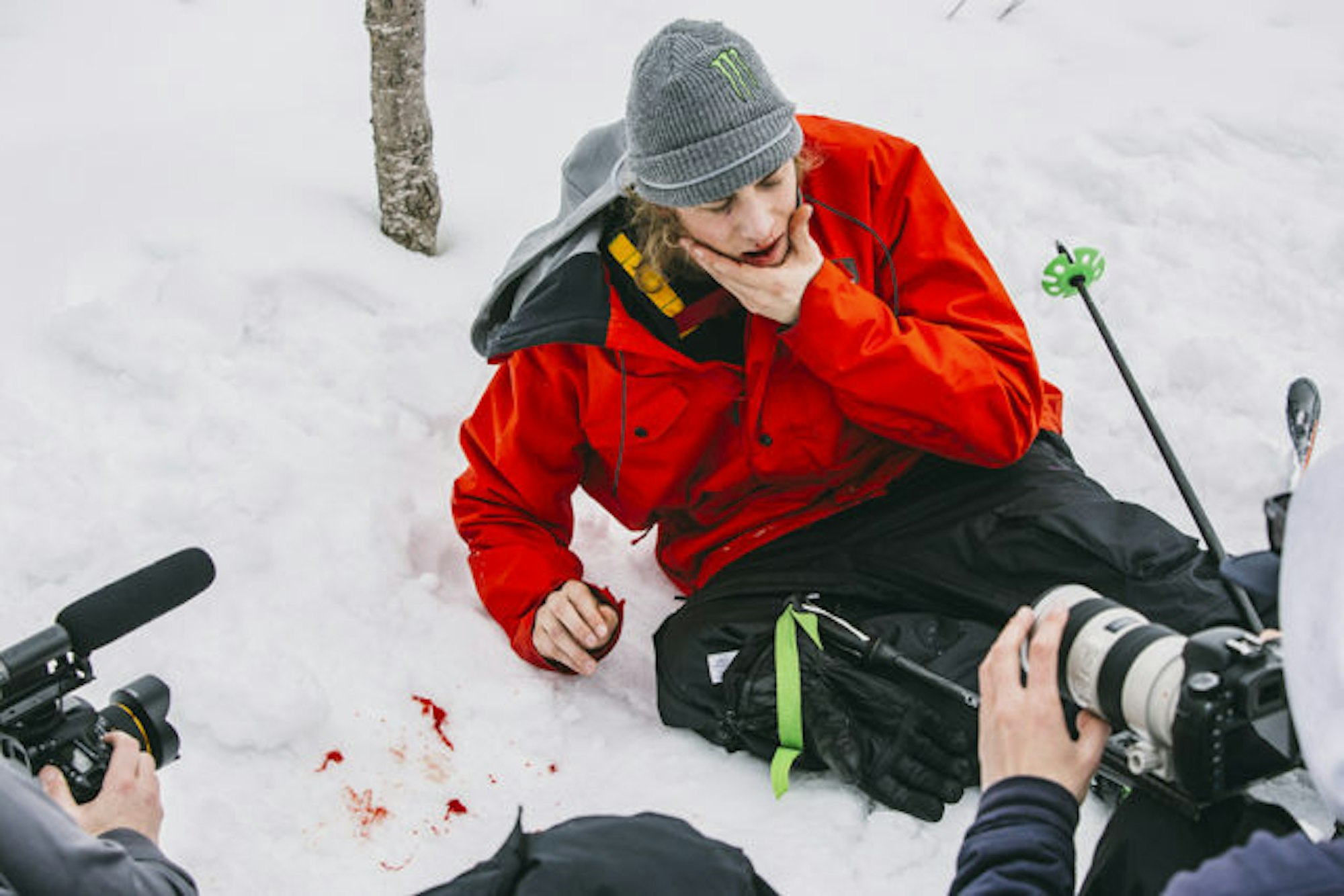
Halfpipe skier Justin Dorey took the 2015-16 competition season off entirely following a non-ski-related concussion, which he estimates to be his fifteenth. “The halfpipe can be pretty unforgiving,” he says. He agrees that the only real way to deal with a head blow is to step back completely.
Also Read: The best ski gear of 2017
“I haven’t found many treatments that help much other than being patient,” he reveals. “Recovery from a concussion can be one of the most frustrating experiences someone will ever go through, but if you’re patient and determined to get better, you’ll get through it.”
In a sport so individualized, everything comes down to decision-making. “Which line will I choose?” “How much speed do I need for this take off?” “Should I go for that last rotation?”
With new information in hand, professional skiers can properly answer the question, “Should I go back out there?”
Being in the spotlight, wishful thinking says their decisions can trickle down to the general public. It could cause recreational skiers, as well, to understand that we are all at risk when we strap on a pair of skis and hitch a ride on a chairlift or glide up the skin track. Hopefully it will encourage the idea that taking a breather—for a day, a week, a month—isn’t a sign of weakness, but of intelligence and forward-thinking.

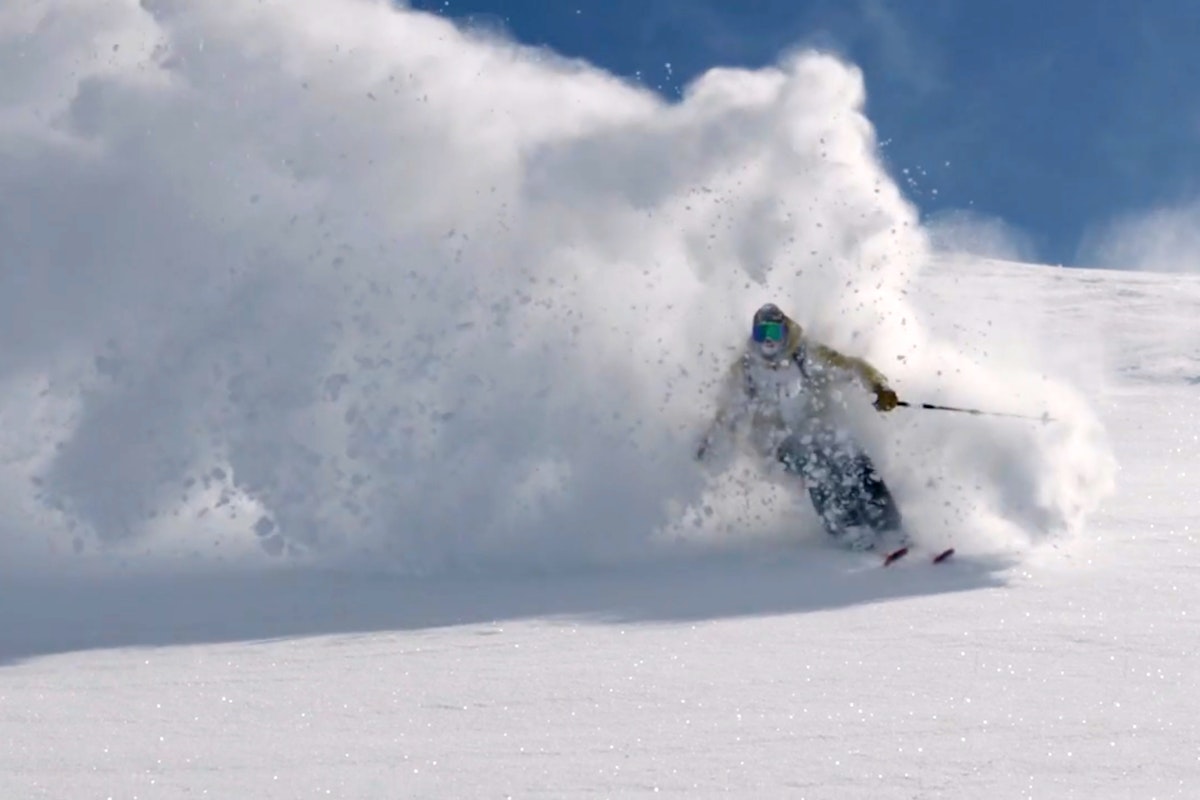
![[GIVEAWAY] Win a Head-to-Toe Ski Setup from IFSA](https://www.datocms-assets.com/163516/1765920344-ifsa.jpg?w=200&h=200&fit=crop)
![[GIVEAWAY] Win a Legendary Ski Trip with Icelantic's Road to the Rocks](https://www.datocms-assets.com/163516/1765233064-r2r26_freeskier_leaderboard1.jpg?w=200&h=200&fit=crop)

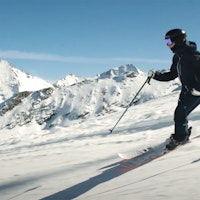
![[GIVEAWAY] Win a Legendary Ski Trip with Icelantic's Road to the Rocks](https://www.datocms-assets.com/163516/1765233064-r2r26_freeskier_leaderboard1.jpg?auto=format&w=400&h=300&fit=crop&crop=faces,entropy)




![[GIVEAWAY] Win a Head-to-Toe Ski Setup from IFSA](https://www.datocms-assets.com/163516/1765920344-ifsa.jpg?auto=format&w=400&h=300&fit=crop&crop=faces,entropy)


